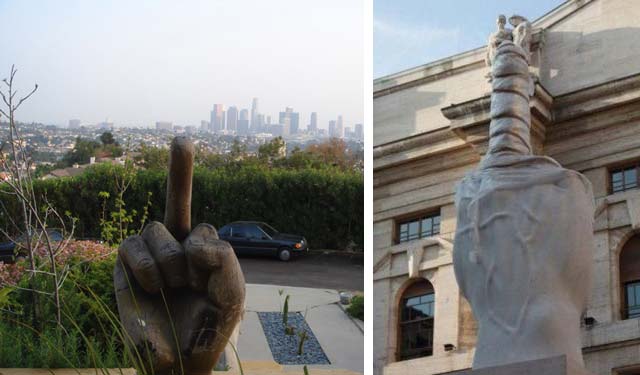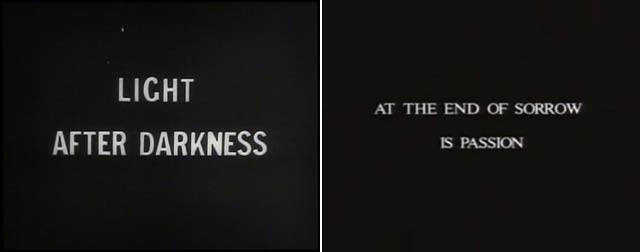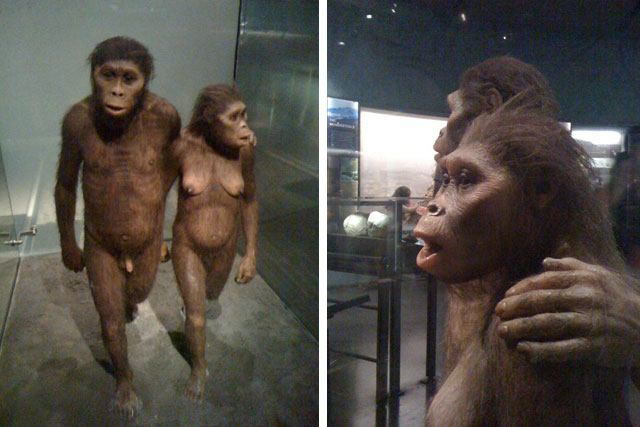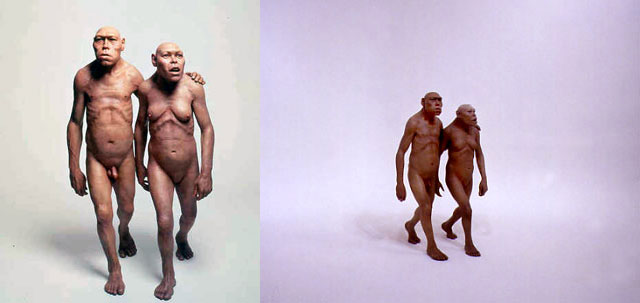halves-pairs
And I’m big bad E and I’m everywhere, so just throw your hands up in the air

{ 1. Wai Lin Tse | 2. Jennilee Marigomen }
If the universe can be eternal into the future, is it possible that it is also eternal into the past? Here I will describe a recent theorem which shows, under plausible assumptions, that the answer to this question is no.
related { eternity, quarterly report R02, terminology | download PDF }
Crocodiles yawn to keep cool, and other amazing facts

Despite being about as familiar and as commonplace as you can get, we still don’t have a clear understanding of why humans yawn.
We know we start yawning early. We know we yawn when we’re tired. We know we yawn when we’re bored. And we know that yawning can sometimes be contagious. But the function, the why, has been elusive.
A new paper by Giganti and Zilli ties together a couple of yawning’s features: that the amount people yawn varies throughout the day, and that yawns can be contagious. But does the contagiousness of yawns vary throughout the day? (…)
They tested their subjects several times on a single day. (…) Yawns are most contagious at 7:30 pm. (…)
The paper suggests there are at least two kinds of yawns, a spontaneous yawn and a yawn in a social setting. Maybe the reason yawns have thwarted our efforts to understand them is that a single explanation for yawns you make alone completely fail when you try to apply it to yawns you make around other people.
Ideas for a Philosophy of Nature

The rite of exorcism, rendered gory by Hollywood and ridiculed by many modern believers, has largely fallen out of favor in the Roman Catholic Church in the United States.
There are only a handful of priests in the country trained as exorcists, but they say they are overwhelmed with requests from people who fear they are possessed by the Devil.
Now, American bishops are holding a conference on Friday and Saturday to prepare more priests and bishops to respond to the demand. The purpose is not necessarily to revive the practice, the organizers say, but to help Catholic clergy members learn how to distinguish who really needs an exorcism from who really needs a psychiatrist, or perhaps some pastoral care.
“Not everyone who thinks they need an exorcism actually does need one,” said Bishop Thomas J. Paprocki of Springfield, Ill., who organized the conference. “It’s only used in those cases where the Devil is involved in an extraordinary sort of way in terms of actually being in possession of the person.
“But it’s rare, it’s extraordinary, so the use of exorcism is also rare and extraordinary,” he said. “But we have to be prepared.”
{ NY Times | Continue reading | related: In Rare Cases, Pope Justifies Use of Condoms }
photos { 1. Brassaï, Graffiti, 1933 | 2. Santiago Mostyn }
A comfort only provided by the malleability of memory that allows our loneliness to momentarily dissipate through the manipulation of what was

Healy tells the story of the launch of bipolar disorder at the end of the 1990s. A specialised journal, Bipolar Disorder, was established, along with the International Society for Bipolar Disorders and the European Bipolar Forum; conferences were inundated with papers commissioned by the industry; a swarm of publications appeared, many of them signed by important names in the psychiatric field but actually ghost-written by PR agencies. Once the medical elites were bought and sold on the new disease, armies of industry representatives descended on clinicians, to ‘educate’ them and teach them how to recognise the symptoms of bipolar disorder.
{ London Review of Books via Phil Gyford | Continue reading }
images { 1. Picasso, Sleeping woman, gray symphony, 1943 | Gagosian Gallery, until December 23, 2010 | 2. Thomas Dworzak }
‘Man is for woman a means: the purpose is always the child.’ –Nietzsche

{ 1. Laura Encursiva | 2. April Renae }
The sword was odd

{ 1. Steven Brahms | 2. Robert Davies }
The D’s run in my crib, I’m nowhere to be found

The kymograph was invented by Carl Ludwig in 1847.
P. van Bronswijk argues that the kymograph was the first recording device used to record and compare the influence of drug effects. Specifically, the kymograph enabled the study of the influence of drugs on a specific organ, which van Bronswijk says enabled the development of Pharmacology as an independent science in its own right.
photos { 1. Jacques André Boiffard, 1929 | 2. Paige de Ponte }
Wonder if he’s too far to.
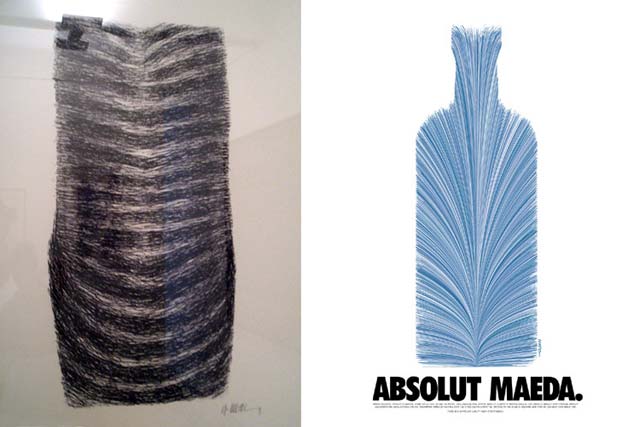
{ Raoul Ubac, Dessin pour un torse II, 1972 | John Maeda, ad for Absolut Vodka, I.D. Magazine, 1997 }
Poisons the only cures. Remedy where you least expect it. Clever of nature.

Biologists who study mutualism have long believed that the solution to cheating is to punish cheaters—but a new model suggests that the benefits gained from playing nice might be enough to deter cheating.
photos { 1. Ron Jude | 2 }









